Butter-and-eggs (Linaria vulgaris) is a perennial flowering plant belonging to the Plantaginaceae family. Commonly referred to as Butter and Eggs, Jacob’s Ladder, Wild Snapdragon, or Yellow Toadflax, this species is native to temperate regions of Europe and Central Asia. Its vibrant yellow blooms, resembling the color of butter and eggs, are a defining feature and the source of its unique nickname.
The plant’s distinctive flowers have a curved, semi-closed structure, making them particularly suited to strong pollinators like bumblebees. While admired for its bright and cheerful appearance, Butter-and-eggs is mildly toxic to livestock, requiring caution in areas where animals graze.
| Common name | Butter and Eggs, Jacob’s Ladder, Wild Snapdragon, Yellow Toadflax |
| Botanical name | Linaria vulgaris |
| Family | Plantaginaceae |
| Species | vulgaris |
| Origin | Temp. Eurasia |
| Life cycle | Perennial |
| Plant type | Wildflower |
| Growth rate | Fast |
| Flowering period | Fall |
| Flower color | Gold, Yellow |
| Leaf color | Gray, Silver |
| Fruit color | Brown, Copper |
| Fruit type | Capsule |
I. Appearance and Characteristics
Linaria vulgaris, the common toadflax, yellow toadflax or butter-and-eggs, is a species of flowering plant in the family Plantaginaceae, native to Europe, Siberia and Central Asia. It has also been introduced and is now common in North America.
It is a perennial plant with short spreading roots, erect to decumbent stems 15–90 cm (6–35 in) high, with fine, threadlike, glaucous blue-green leaves 2–6 cm (3⁄4–2+1⁄4 in) long and 1–5 mm (0.04–0.20 in) broad. The flowers are similar to those of the snapdragon, 25–33 mm (0.98–1.30 in) long, pale yellow except for the lower tip which is orange, borne in dense terminal racemes from mid summer to mid autumn. The flowers are mostly visited by bumblebees. The fruit is a globose capsule 5–11 mm (0.20–0.43 in) long and 5–7 mm (0.20–0.28 in) broad, containing numerous small seeds.
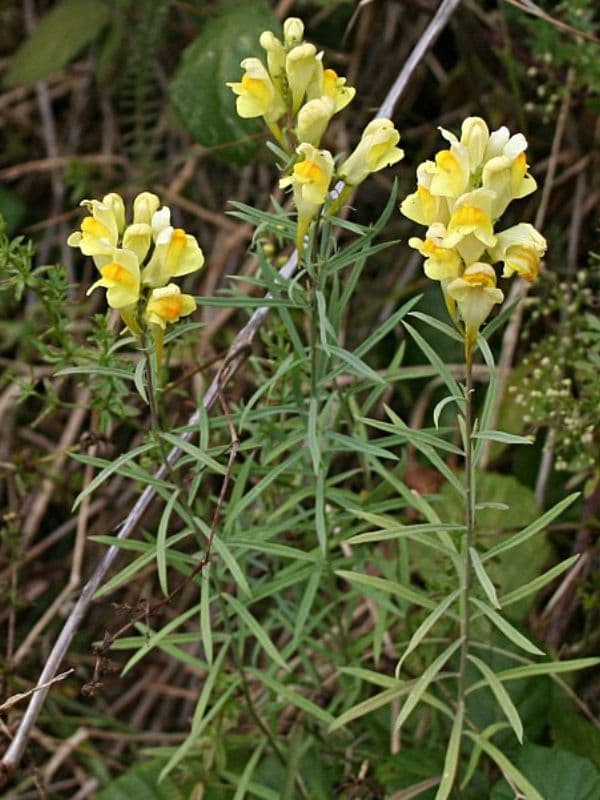
The plant is widespread on ruderal spots, along roads, in dunes, and on disturbed and cultivated land.
Because the flower is largely closed by its underlip, pollination requires strong insects such as bees and bumblebees (Bombus species).
Linaria vulgaris is a food plant for a large number of insects such as the sweet gale moth (Acronicta euphorbiae), mouse moth (Amphipyra tragopoginis), silver Y (Autographa gamma), Calophasia lunula, gorgone checkerspot (Charidryas gorgone carlota), toadflax pug (Eupithecia linariata), satyr pug (Eupithecia satyrata), Falseuncaria ruficiliana, bog fritillary (Boloria eunomia), Pyrrhia umbra, brown rustic (Rusina ferruginea), and Stenoptilia bipunctidactyla.
It may be mildly toxic to livestock.
II. How to Grow and Care
Sunlight
The butter-and-eggs can adapt to various amounts of sunlight, as it natively grows in both woodlands and meadows. However, it will grow and bloom best in full sun. Ideally, choose a bright spot with at least 6 hours of sunlight a day for this plant.
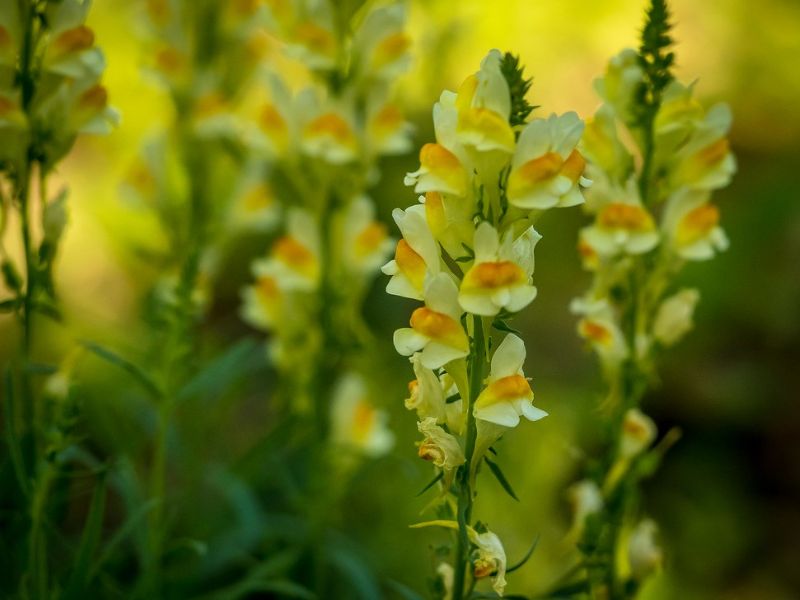
Temperature
The butter-and-eggs is a hardy plant that is native to temperate zones, and will often behave differently in various climates. It is able to tolerate temperatures down to -29 ℃. While young, the butter-and-eggs requires constant moisture, but, once established, it becomes quite a drought-tolerant plant. In fact, an established plant can even grow from a stone wall!
Watering
Butter-and-eggs thrives in its native environment, where it experiences the regular moisture cycles typical of temperate regions. This species exhibits a preference for consistent moisture but can tolerate short dry periods. Its watering regimen aligns with a weekly schedule to maintain optimal hydration. For butter-and-eggs, which is more commonly grown outdoors, its flowering ability is closely tied to adequate water availability, influencing both bloom size and duration.
Soil
The butter-and-eggs will grow in most soil types, but does best in a well-drained, sandy substrate. It isn’t fussy about pH and is able to withstand acidic (6.1 to 6.5), alkaline (7.6 to 7.8), and neutral (6.6 to 7.5) soil types.
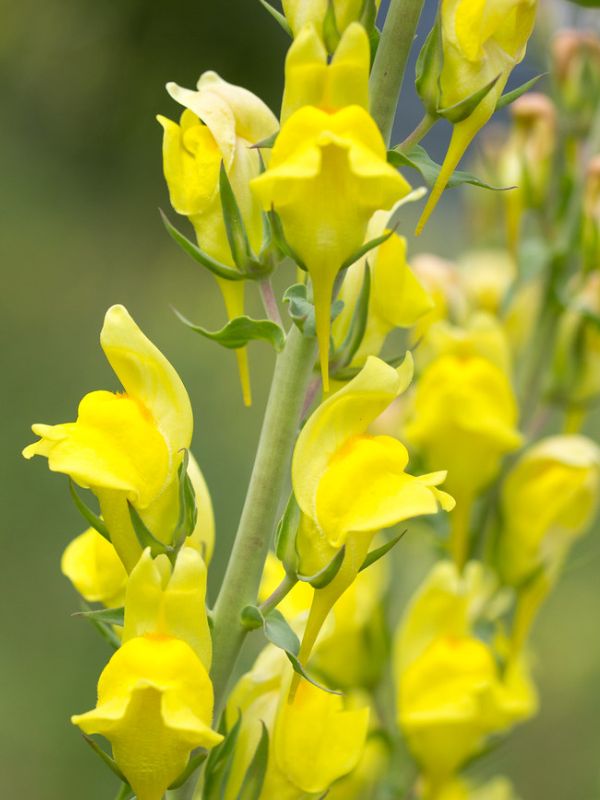
Fertilizing
For optimal growth, butter-and-eggs benefits from balanced nutrition fertilizers with equal NPK ratios. Seasonally, a light feeding in early spring supports vigorous growth, and during the flowering phase, a monthly application can enhance blooming. Use fertilizer sparingly—over-fertilizing can harm butter-and-eggs. Apply according to package instructions, diluting if necessary to prevent root burn. In fall, cease fertilization to allow butter-and-eggs to winterize. Always water butter-and-eggs after feeding to distribute nutrients and protect the root system.
Pruning
The butter-and-eggs does not need much pruning, but will require a certain amount of maintenance to prevent it from quickly spreading throughout your garden. It is a very successful invasive plant because it is effective in both seed and vegetative reproduction. In fact, it seeds so readily that one butter-and-eggs plant during the course of its lifetime can produce up to 500,000 seeds.
Pinch or remove flowers at the end of the flowering season, just before they start producing seeds. Alternatively, after blooming, cut down the plants by 2/3 to encourage new growth. If you already have some plants that have spread out of their original location, manual removal with repeated digging up of the roots is a good course of action.
Propagation
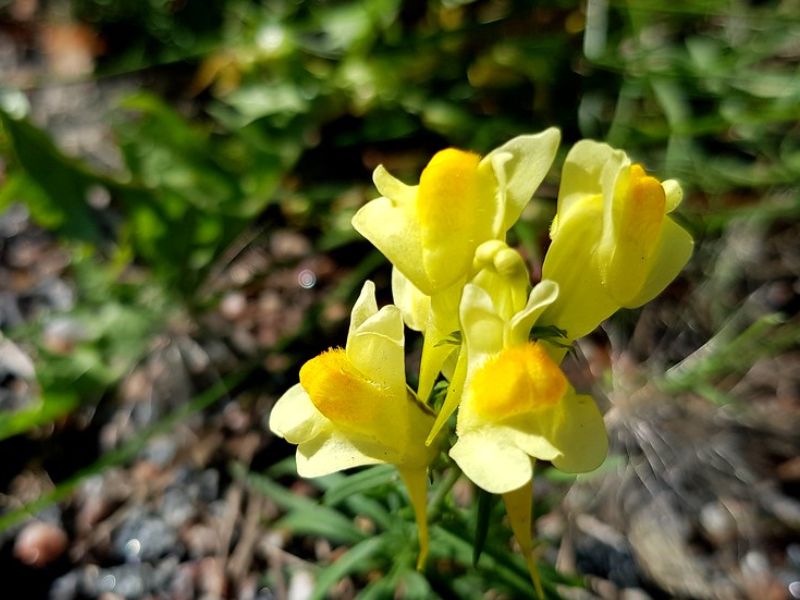
Butter-and-eggs is typically propagated through sowing in spring. It is easy to propagate, and successful propagation can be identified by new growth appearing. Adequate moisture and well-draining soil are essential for optimal growth.
Transplanting
To transplant butter-and-eggs, aim for the prime season of early to late spring. This period encourages healthy root establishment. Opt for a sunny location with well-drained soil. Keep in mind, butter-and-eggs may need extra care during transplant. Good luck and happy gardening!
Repotting
Butter-and-eggs, a non-climbing herbaceous perennial, requires repotting every 2-3 years to accommodate its growth. Best repotted in early spring, choose a pot slightly larger than its root ball to ensure ample space. Post-repotting, keep the soil consistently moist and place the pot in a sunny spot for optimal recovery and vigor. Remember, butter-and-eggs thrives with room to grow and adequate light.
III. Uses and Benefits
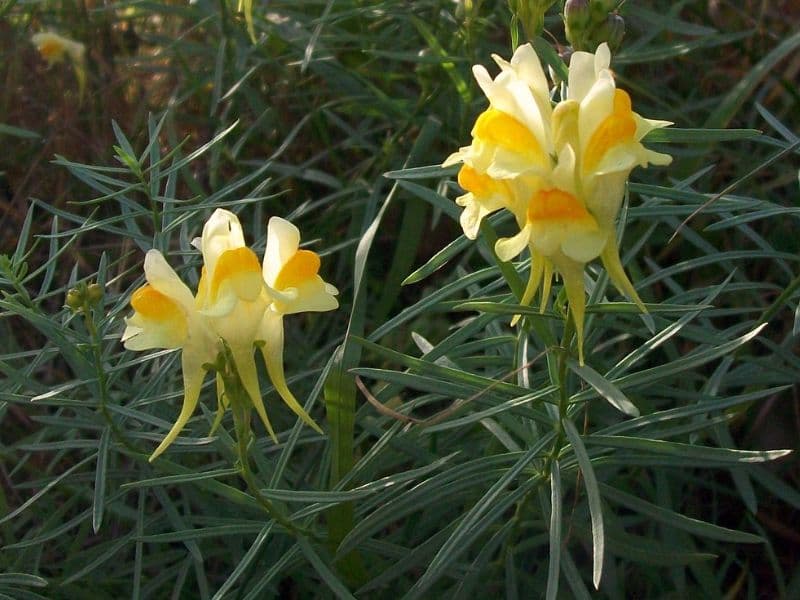
- Ornamental uses
While most commonly found as a wildflower, toadflax is sometimes cultivated for cut flowers, which are long-lasting in the vase. Like snapdragons (Antirrhinum), they are often grown in children’s gardens for the “snapping” flowers which can be made to “talk” by squeezing them at the base of the corolla.
- Medical uses
Despite its reputation as a weed, like the dandelion, this plant has also been used in folk medicine for a variety of ailments. A tea made from the leaves was taken as a laxative and strong diuretic as well as for jaundice, dropsy, and enteritis with drowsiness. For skin diseases and piles, either a leaf tea or an ointment made from the flowers was used. In addition, tea made in milk instead of water has been used as an insecticide. It is confirmed to have diuretic and fever-reducing properties.
Find Where to Buy the Best Yellow Toadflax (Linaria vulgaris)
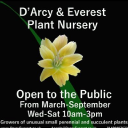
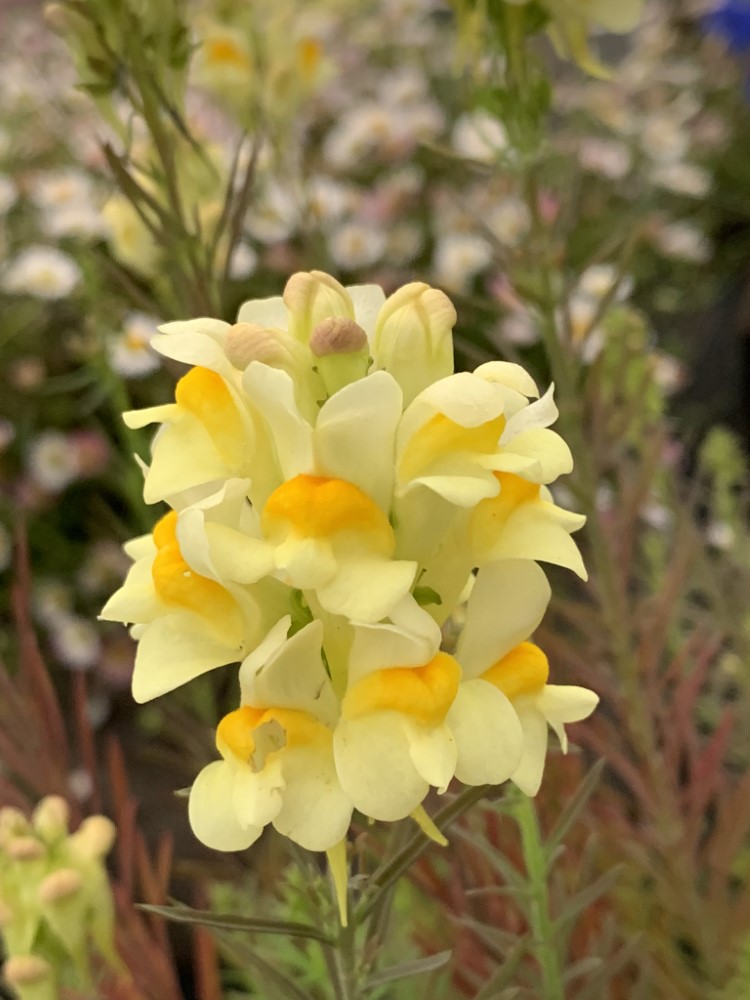

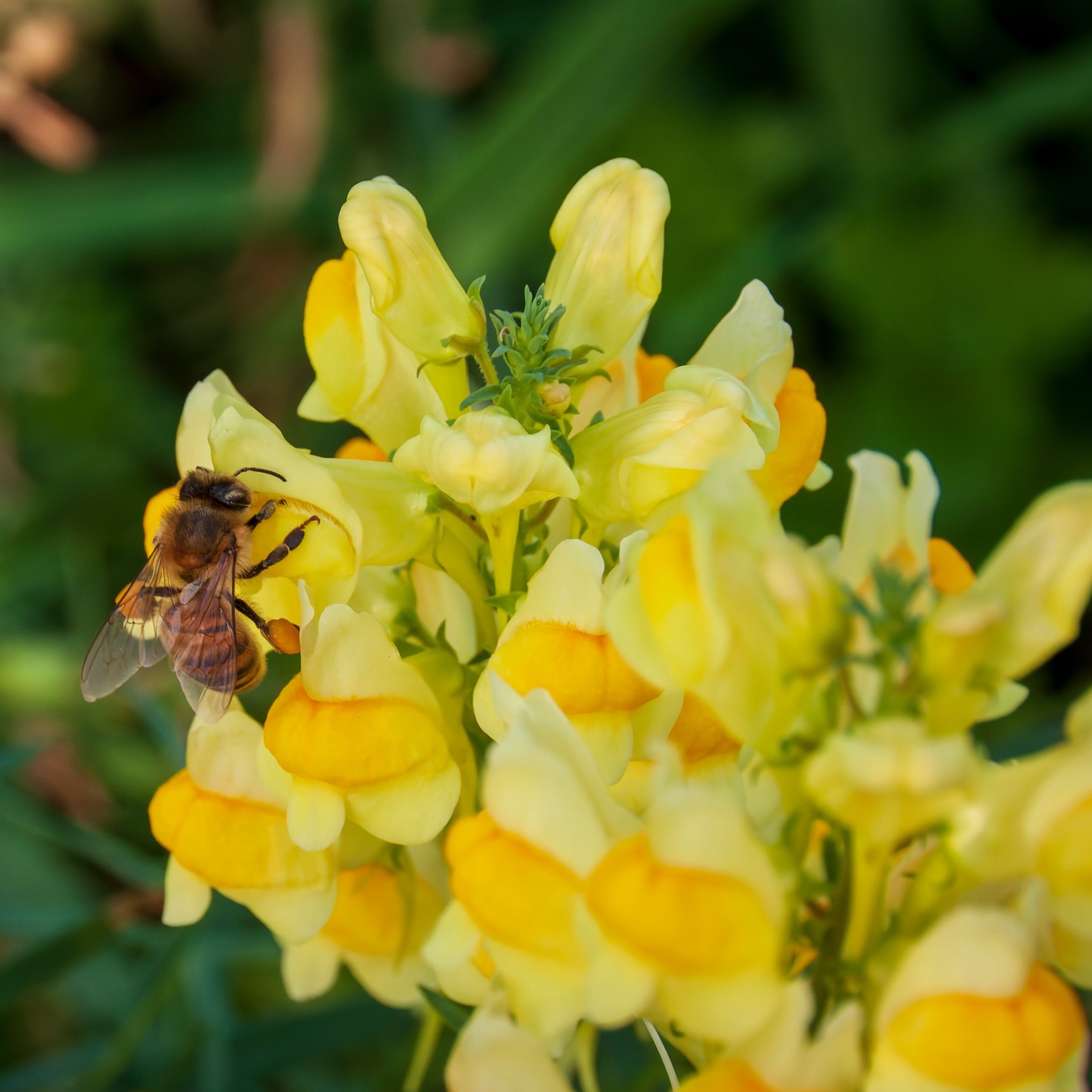
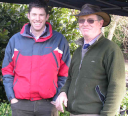




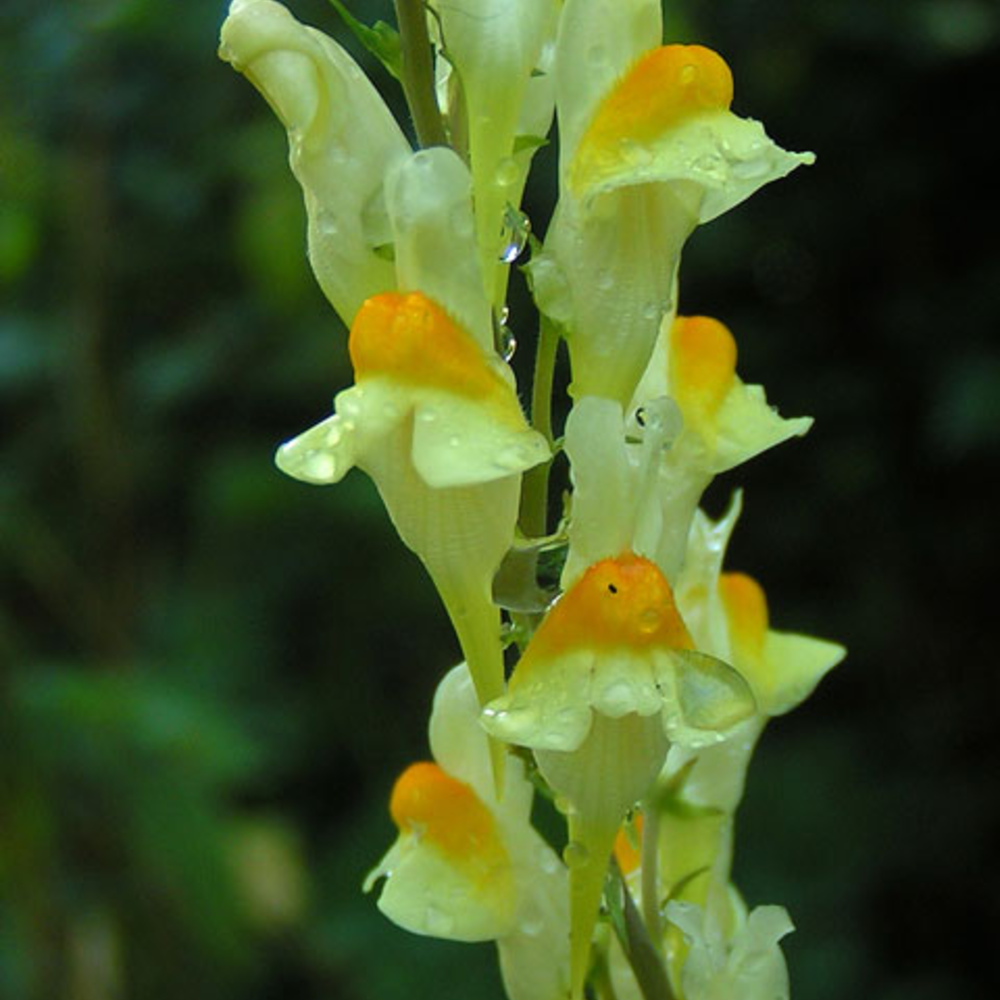
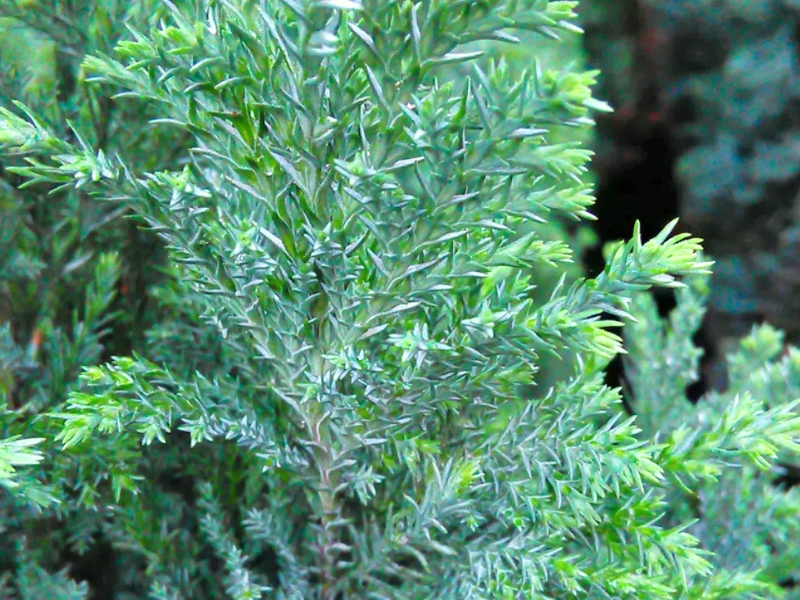
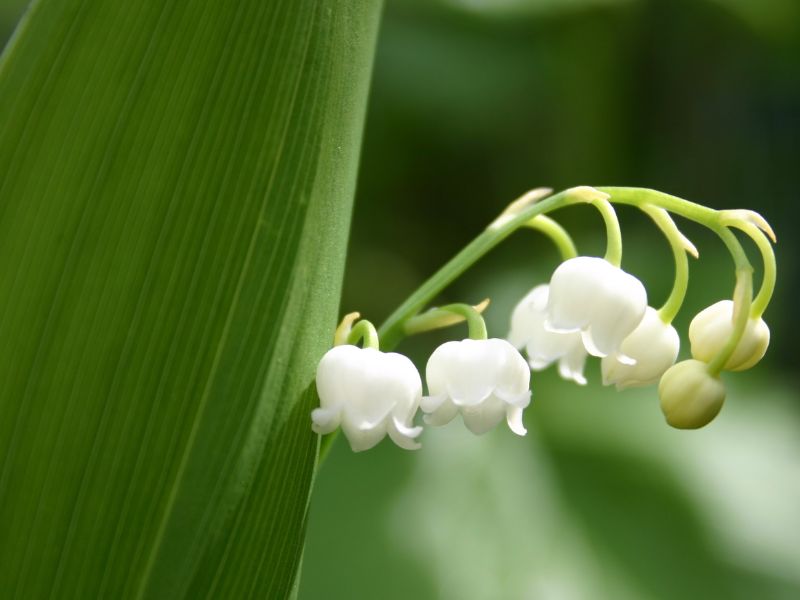
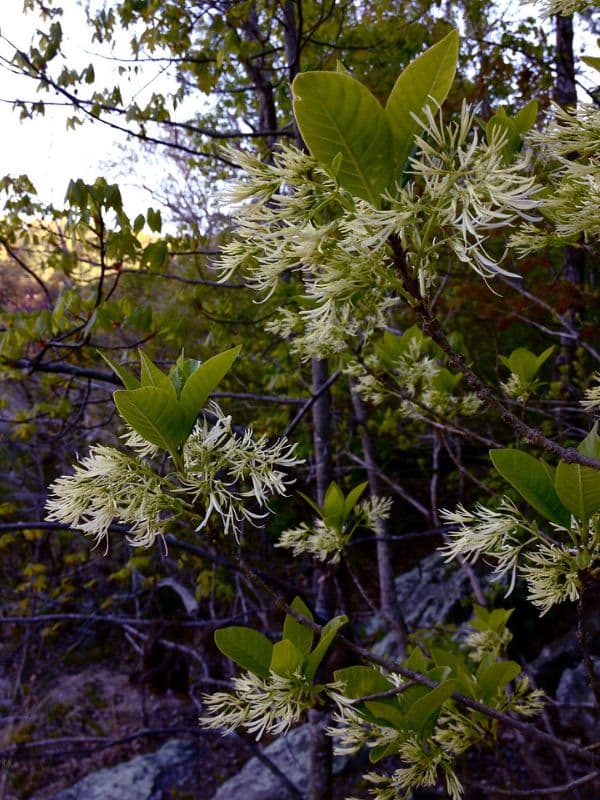
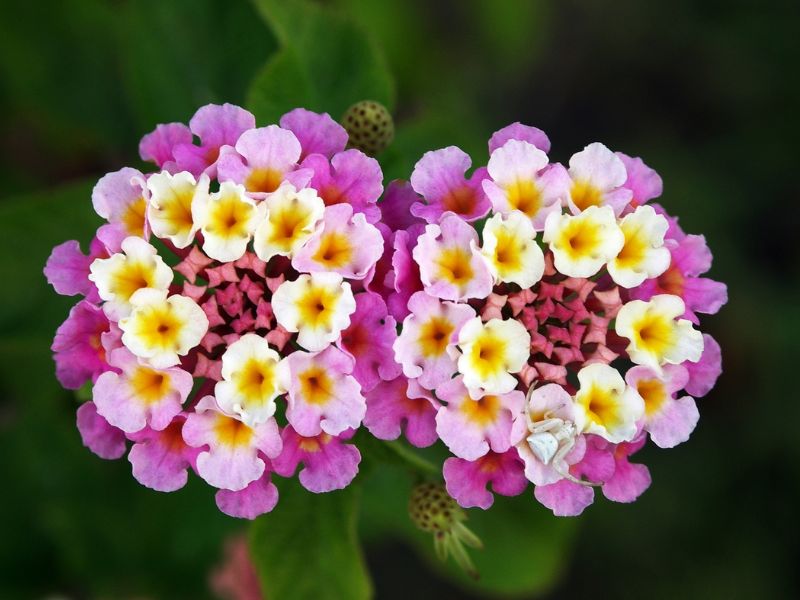
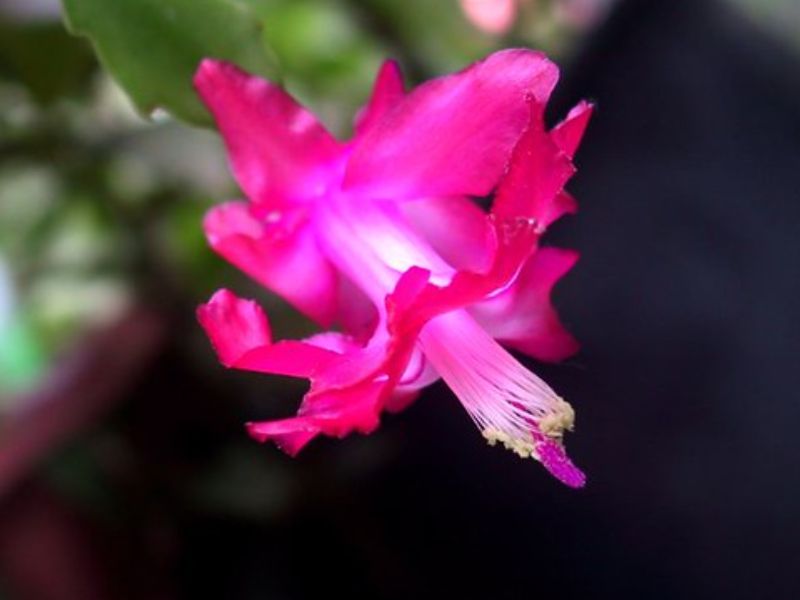
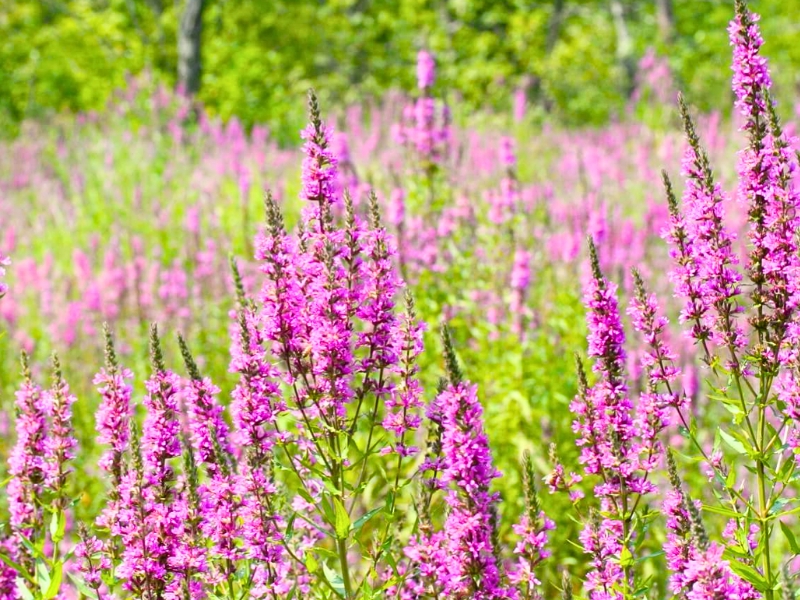
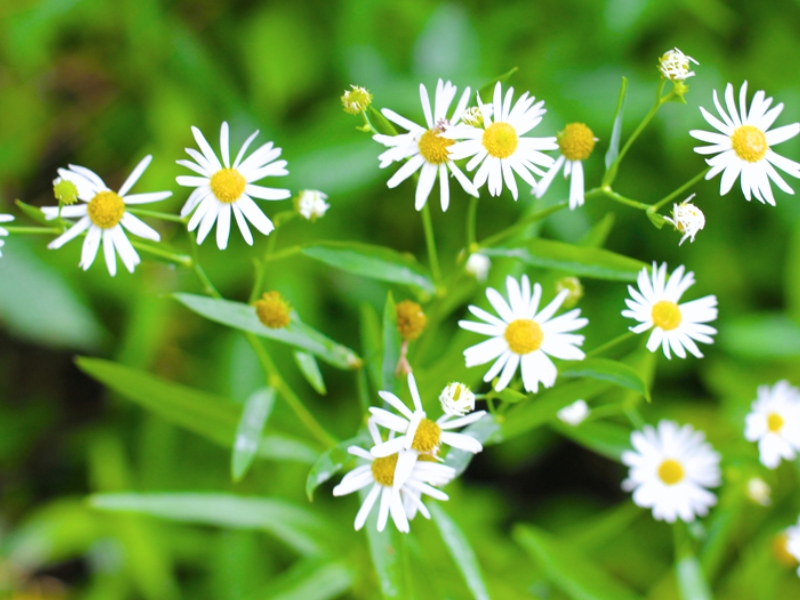
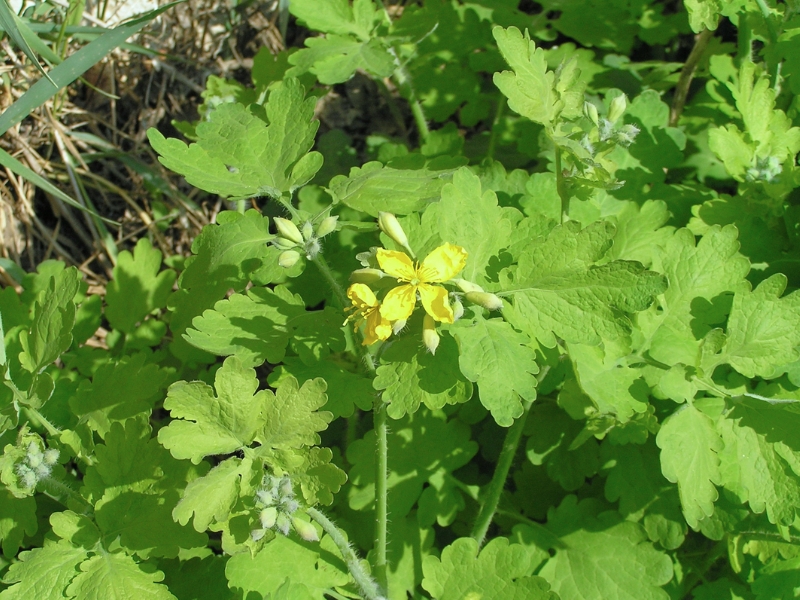
Leave a Reply